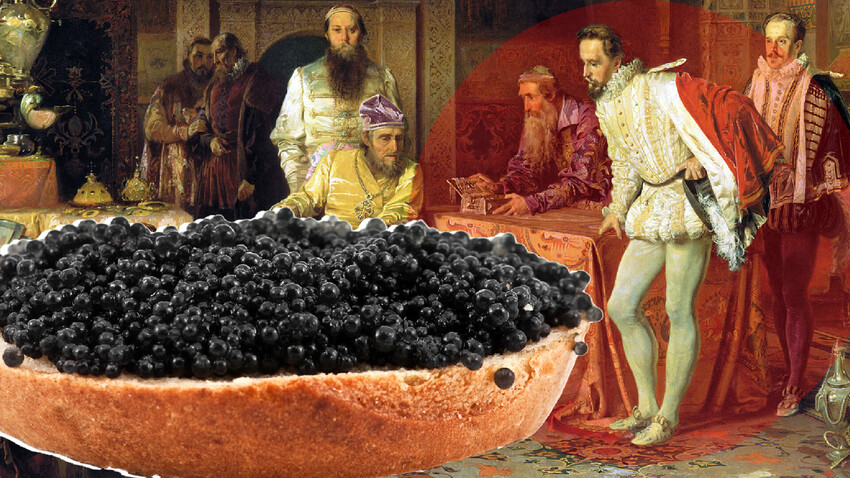
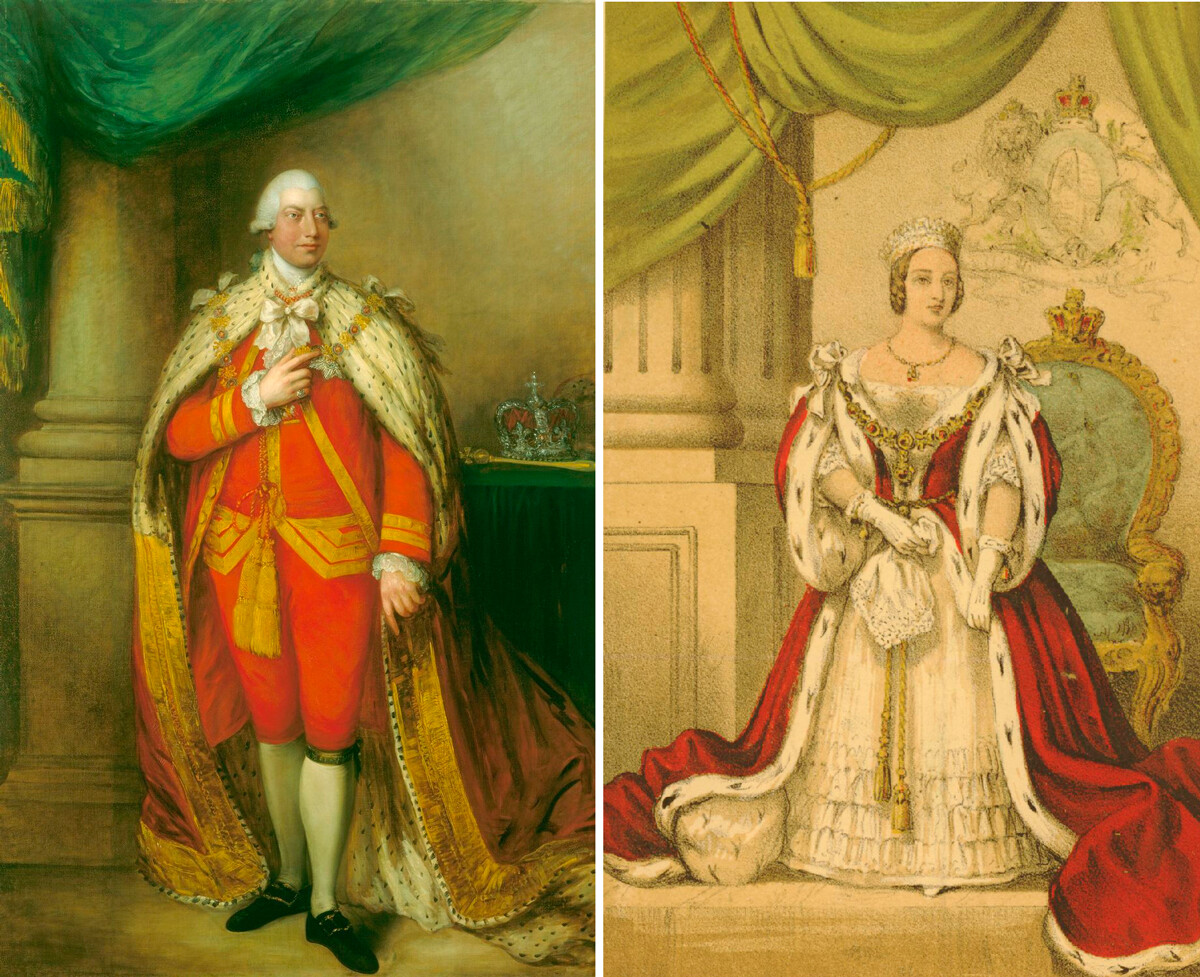
George III and Queen Victoria dressed in Russian furs
Public DomainWhen English merchants established contacts with the Muscovy tsardom in the 16th century, fur soon became the most important, expensive and posh item they would import from the Russian lands.
Not only couldn’t the English themselves hunt for sables, squirrels, silver foxes and weasels in the Siberian forests – even the Russians couldn’t do this properly. The animals had to be hunted carefully, so their skins would be undamaged, and only indigenous Siberian peoples knew how to do this. Local Russian authorities would get the animals’ fur skins as a tribute from the indigenous peoples and would then sell them to the English merchants.
In Britain, the expensive (and luxuriously warm!) Muscovy furs were dubbed “Russian gold”. “The fine furs whose use was restricted by sumptuary laws and which were, to a large extent, a badge of office or rank, came largely from the Baltic or from Russia,” British historian Edwin Rich wrote.

A window made of mica
Public DomainAnother luxury item was mica from Russia, so associated with the Muscovy tsardom that the mica itself became known as ‘Muscovy glass’ or ‘Muscovite’. Mica is a mineral consisting of crystals that can be pulled apart into thin elastic sheets. Thus, mica was used as a substitute for glass, popular in England in the 16th century and most of it, if not all, came from Russia.
The British used muscovite to glaze windows of houses, carriage windows and street lights, because the material tolerated the temperature drop well and did not deform. Poet George Turberville, who visited Russia in 1568, acknowledged that “even glass couldn’t give you a better light [than ‘muscovite’]”.
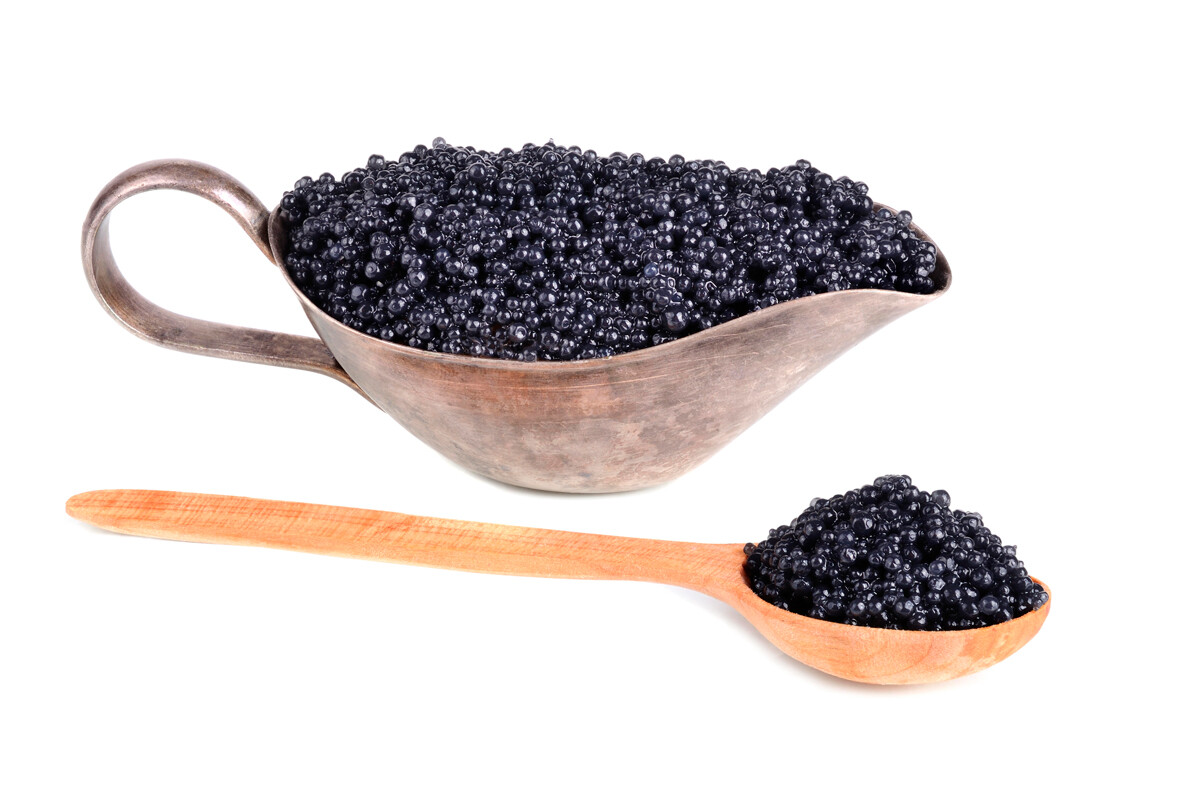
Beluga sturgeon, which is considered to produce the best black caviar, is abundant in the Caspian Sea, where Iranian and Russian fishermen have been hunting beluga long before caviar became known in Europe. In the Medieval period, it spread across Europe and in England, as well – as early as in 1324, King Edward the II decreed the sturgeon to be a royal fish, which meant any sturgeon caught anywhere near or in Britain must be delivered to the king’s table.
But, not only the English royal court was fond of caviar; it was also exported from Russia into the Netherlands, Spain, France and elsewhere. In 1651-1653 alone, the Arkhangelsk port, as Swedish merchant Johan de Rodes wrote, sold over 320 tons of caviar.
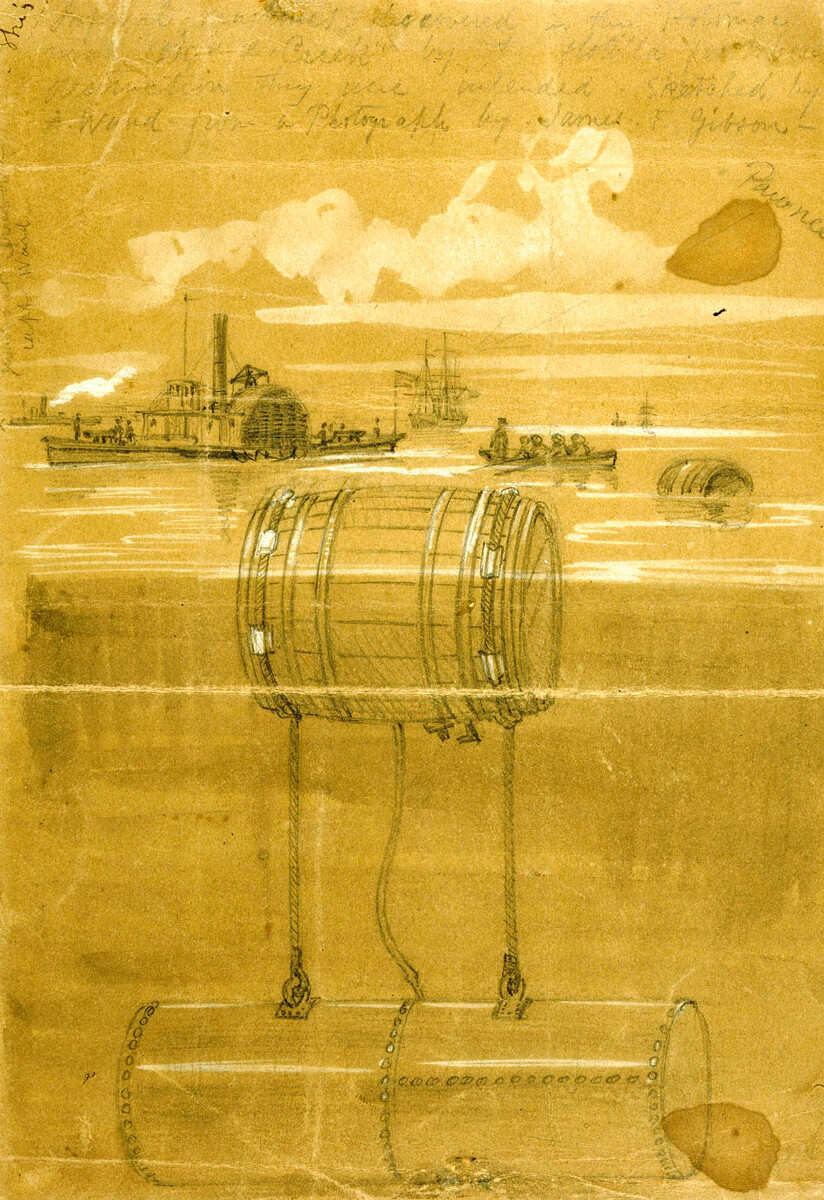
'Infernal machines' discovered in the Potomac Creek. Sketched by A. Waud from a photograph by James F. Gibson. These 'infernal machines' are roughly the same as von Jacobi created them.
Library of CongressThe Crimean War (1853-1856) was devastating for Russia in both military and diplomacy. However, one of the episodes turned out truly glorious for Russian army technicians. Moritz Hermann von Jacobi, a Prussian engineer in Russian service, was accredited with inventing galvanic mines. Anchored to the bottom of the sea, they were connected to the shore with a cable. The power of the explosion was about 14 kg (31 lb) of black powder.
In 1854, 60 Jacobi mines were laid in the vicinity of the Forts Pavel and Alexander (Kronstadt), to deter the British Baltic Fleet from attacking them. When, in July 1855, the English Baltic fleet approached Kronstadt, four ships were damaged by the mines (which Brits called 'infernal machines'), after which Vice Admiral Charles John Napier commanded his fleet to retreat and refused to attack Vyborg and Sveaborg. The Russian Imperial Navy became the first fleet in world military history to use sea mines not sporadically, but as an element of a planned naval strategy. Russian naval mines remained the best in the world up until the beginning of the 20th century. In World War I, the U.S. Navy and the Royal British Navy successfully created the North Sea Mine Barrage that was meant to protect the British Isles from German boats and submarines.
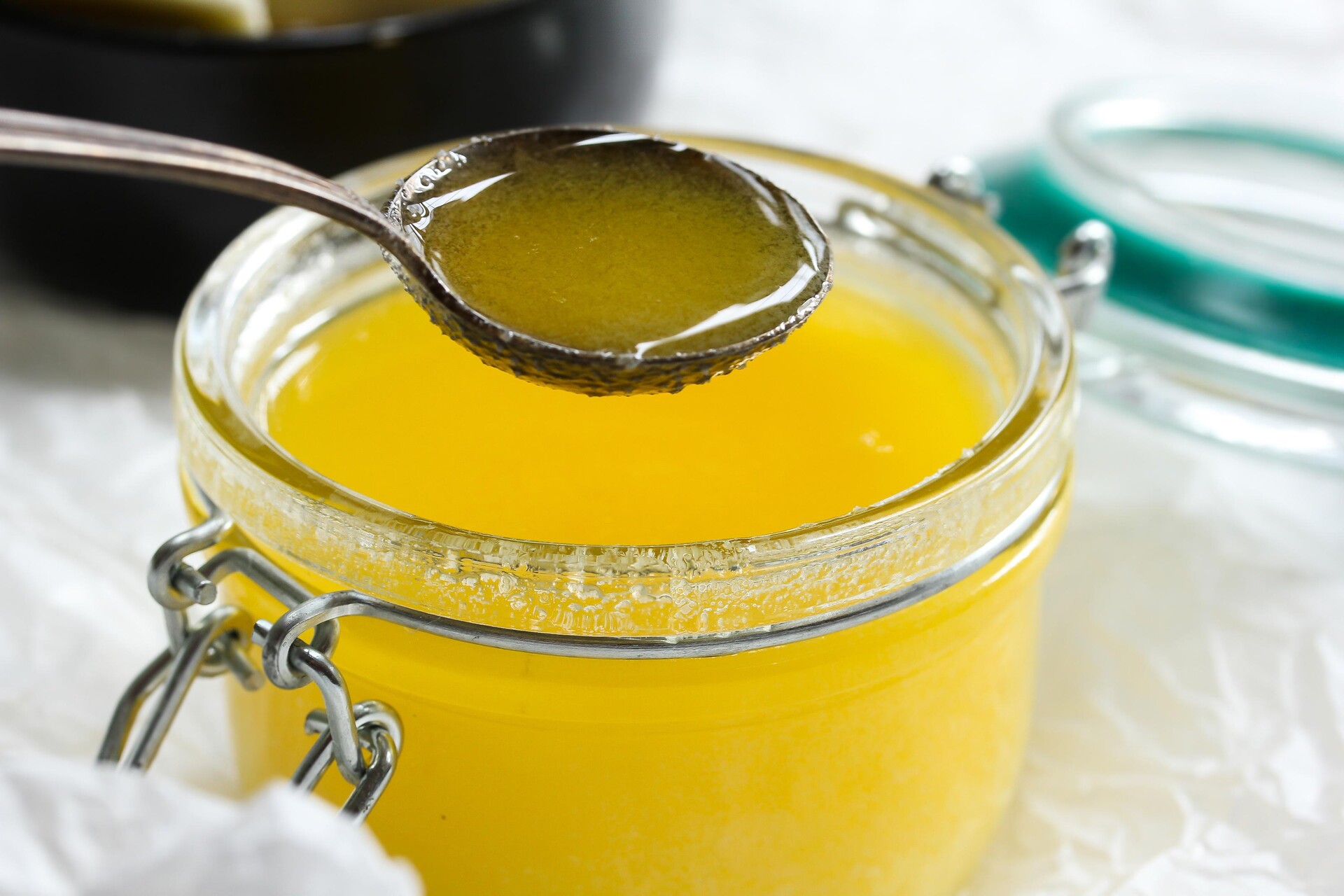
When visiting Russia for fur, mica or hemp trade, English merchants got acquainted with an unusual way of preparing butter. Clarified butter, which is milk fat separated from milk solids and water by melting milk cream, was a Russian way of preparing butter that became popular among the English aristocracy.
To this day, there is a “Russian” butter in England – but it’s ‘Russian buttercream’, which is made with only two ingredients – butter and sweetened condensed milk, which is, in itself, a Russian phenomenon.
If using any of Russia Beyond's content, partly or in full, always provide an active hyperlink to the original material.
Subscribe
to our newsletter!
Get the week's best stories straight to your inbox